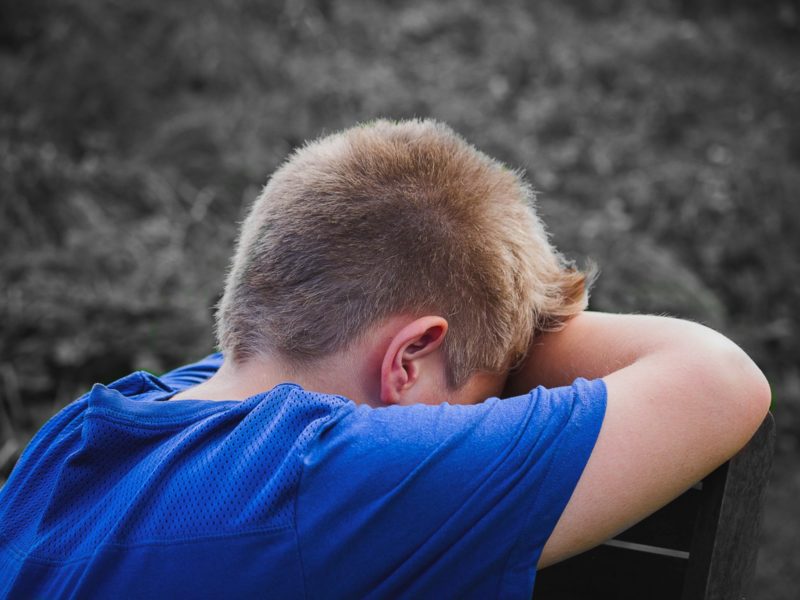In this series entitled “Anatomy of an Active Shooter Event”, we’ll take a look at a number of factors that create the perfect storm leading to a school shooting.
- Part 1: Before an active shooter event
- Part 2: During an active shooter event
- Part3: Immediately after an active shooter event
- Part 4: Months after an active shooter event
Today, we are analyzing what happens immediately after an active shooter event. While the time period following a school shooting can be chaotic, there are a number of patterns and responses from would-be perpetrators and institutions to mitigate these events in the future.
The Copycat Effect
Despite the tragedy and horror caused by a recent active shooter event, school shootings actually increase due to the “copycat effect” in the immediate aftermath. According to estimates by Mother Jones, the Columbine attacks in 1999 have been determined to be responsible for inspiring at least 74 separate active shooter events afterward. Furthermore, the data compiled from Mother Jones also points to a few more disturbing statistics:
- In at least 14 cases, the Columbine copycats aimed to attack on the anniversary of the original massacre.
- Individuals in 13 cases indicated that their goal was to outdo the Columbine body count.
- In at least 10 cases, the suspects and attackers referred to the Columbine shooters as heroes, idols, martyrs, or God.
- At least 3 plotters made pilgrimages to Columbine High School from other states.
Increased Security
With the copycat effect, it is abundantly clear that schools need to immediately heighten their security measures and ensure that school security takes action to prevent school shooters. This can include random searches to lockers, interviews with students about potential behavior, crisis/grief counselors, an emphasis on active shooter event drills, lockdowns, and working closely with teachers to supervise students.
Some schools take an overt approach to offsetting an active shooter event by holding assemblies, where guest speakers (like law enforcement personnel) can address students over their worries and concerns. Similarly, PTA meetings can be another ground for discussing how schools are increasing their security to ensure that students can focus on their education, and not on the anxiety of an active shooter event.
Community Devastation
In the aftermath of a school shooting, a community can be put into a state of shock and disbelief. How can this happen? is a familiar lament on the state of America’s now commonplace school shootings. With teachers, staff, and students murdered, there is a vacuum created by the loss of life and how a community functions. The typical serenity is shattered, leaving just confusion and mistrust. Crisis counselors are dispatched to the school to deal directly with the fallout of a school shooter, but the psychological wounds can manifest as PTSD and other disorders. Some parents even decide to take their children completely out of the school system entirely for fear of their children becoming victim to senseless violence.
For a clear idea of what transpires after a school shooting, it is worthy to analyze how a community responds while funeral arrangements are being made and attempts at bringing restoring order are in effect. With media swarming in to report on the events, a community can be left feeling vulnerable—after all, the live broadcast of the funeral for Rachel Scott, a victim from the Columbine massacre, had some of the highest viewer ratings for CNN at that time.


 Anatomy of an Active Shooter Event: Months Later
Anatomy of an Active Shooter Event: Months Later